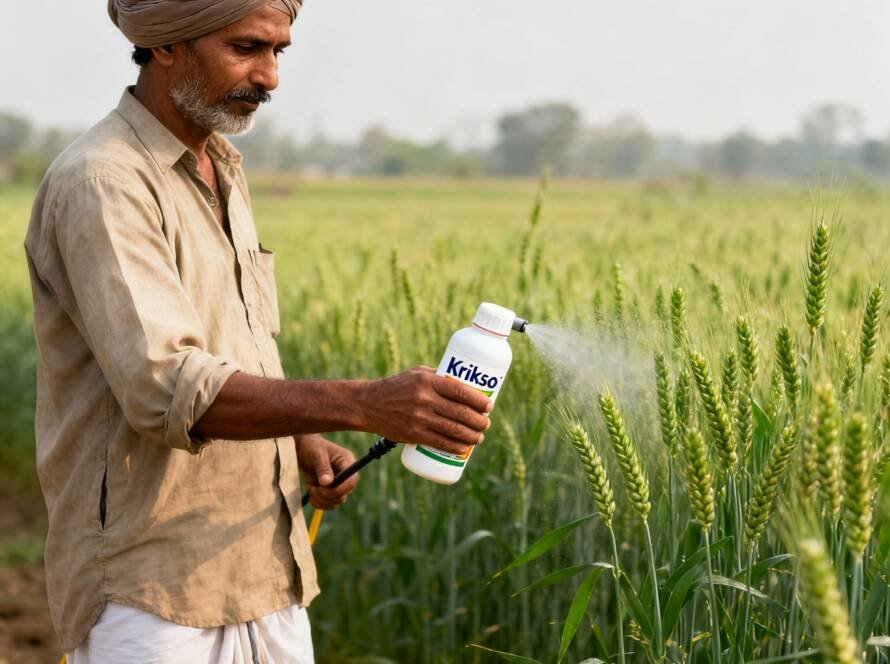Rice is one of the most widely cultivated crops in India, but it is vulnerable to fungal, bacterial, viral, and nematode diseases that can severely reduce yield and grain quality. Implementing Integrated Crop Disease Management (ICDM) ensures a healthy, high-yielding paddy crop, while reducing dependence on chemical inputs.
1. Common Rice Diseases
- Blast (Magnaporthe oryzae) – White or gray lesions on leaves, leaf tips, and nodes.
- Bacterial Leaf Blight (Xanthomonas oryzae) – Yellowing of leaf edges, wilting, and reduced grain quality.
- Sheath Blight (Rhizoctonia solani) – Gray-green lesions on leaf sheaths, spreading rapidly in dense crops.
- Brown Spot (Bipolaris oryzae) – Small brown lesions on leaves and seeds, reducing yield.
- Rice Tungro Virus – Stunted plants with yellow-orange discoloration.
2. Causes of Rice Diseases
- High Humidity and Monsoon Rains – Favors fungal and bacterial infections.
- Dense Planting – Reduces airflow and increases disease spread.
- Contaminated Seeds or Nursery Paddies – Early infection sources.
- Poor Drainage – Waterlogging promotes root and sheath diseases.
- Insect Vectors – Leafhoppers transmit viruses like Rice Tungro.
3. ICDM Practices for Rice
- Cultural Practices
- Use disease-free seeds and healthy seedlings.
- Maintain optimal spacing to improve airflow.
- Remove infected plants and debris promptly.
- Rotate crops to reduce pathogen build-up.
- Water Management
- Avoid water stagnation; maintain alternate wetting and drying.
- Biological Control
- Apply Trichoderma, Pseudomonas fluorescens, or other bio-fungicides for blast and sheath blight control.
- Resistant Varieties
- Plant blast- and blight-resistant rice cultivars suitable for your region.
- Chemical Management
- Use fungicides and bactericides selectively and according to recommended doses.
- Vector Control
- Manage leafhopper populations with eco-friendly insecticides or traps to prevent virus spread.
4. Benefits of ICDM in Rice
- Reduced crop losses due to fungal, bacterial, viral, and nematode diseases.
- Healthier plants with higher grain yield and quality.
- Lower chemical input costs and improved sustainability.
- Early detection prevents large-scale outbreaks and ensures market-ready produce.
5. Krikso India Support for Rice Farmers
- Certified Disease-Free Seeds – Ensures strong, healthy paddy crop from the start.
- Organic Bio-Fungicides and Bio-Control Solutions – Manage fungal and bacterial infections effectively.
- Technical Advisory Services – Expert guidance on ICDM practices for rice, pest monitoring, and disease prevention.
- Market Support – Ensures farmers can sell healthy, high-quality rice at competitive prices.



